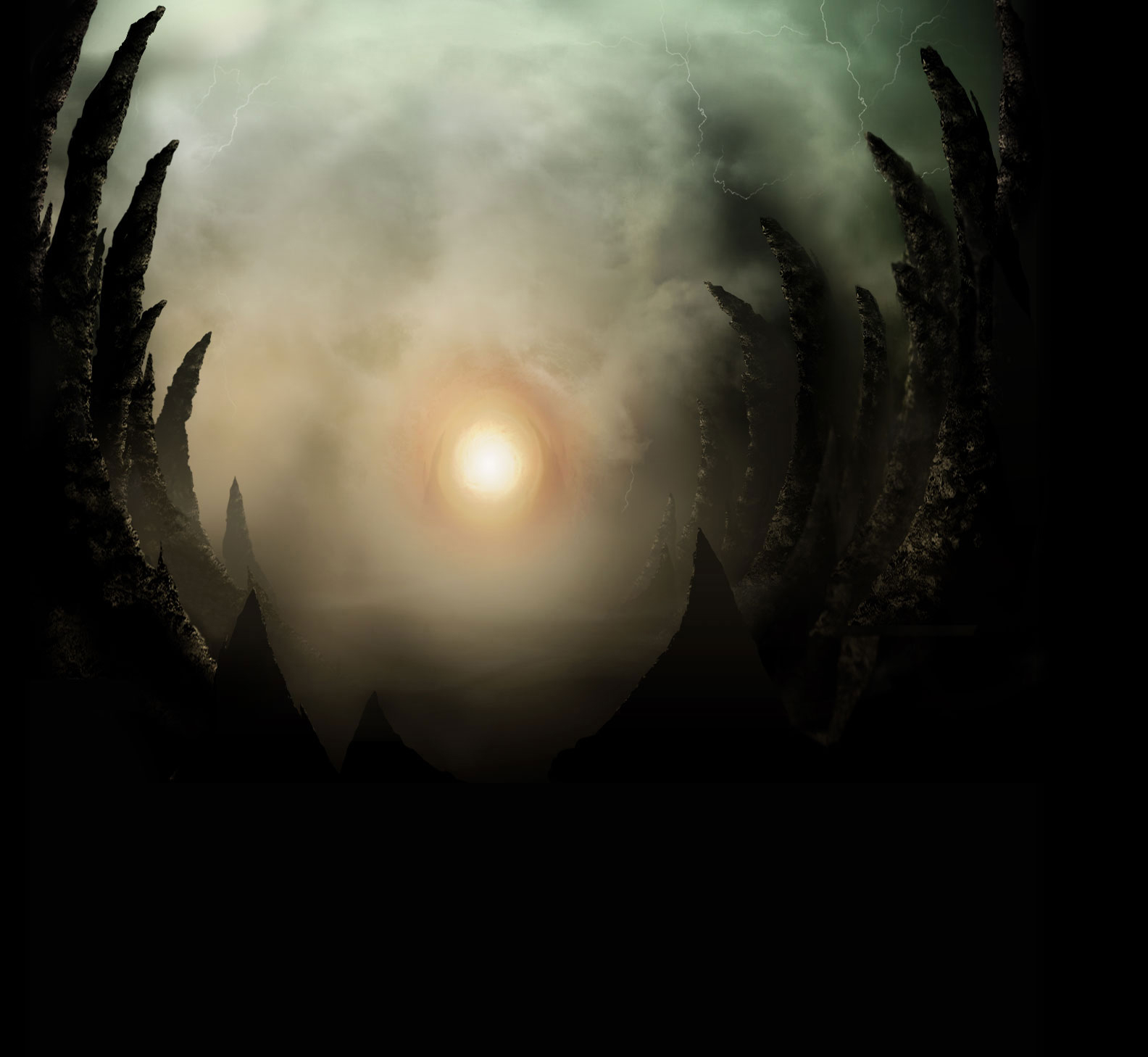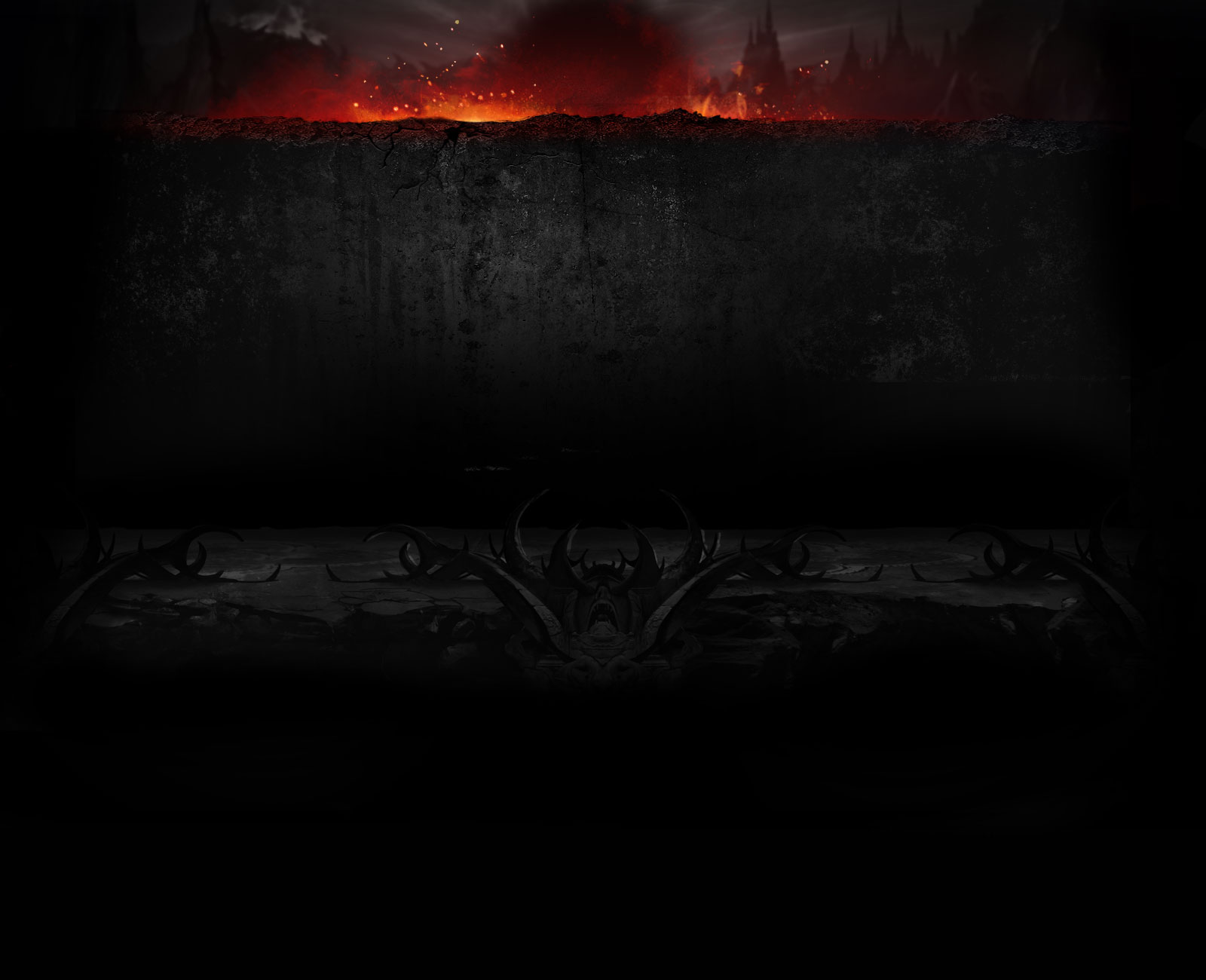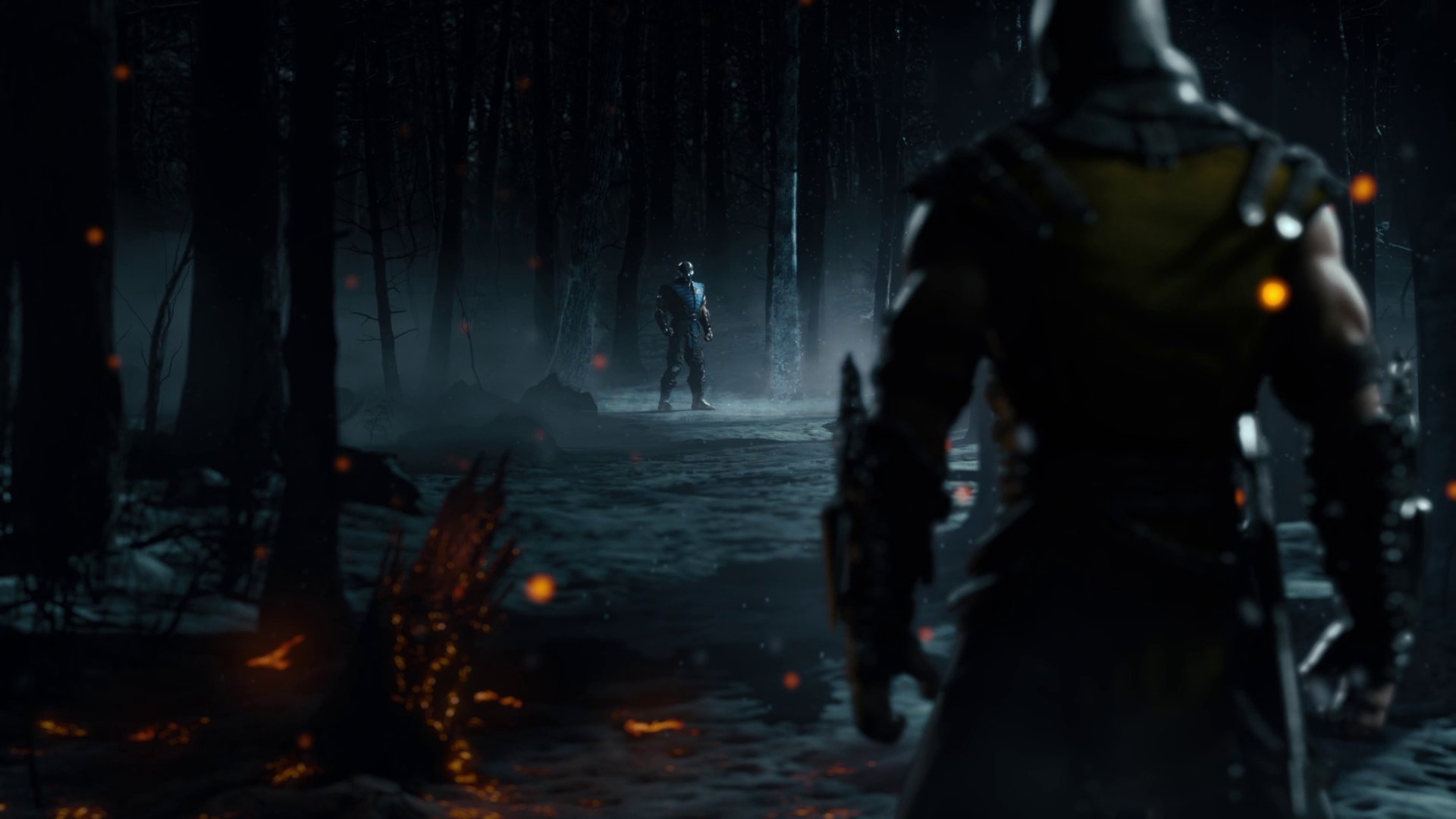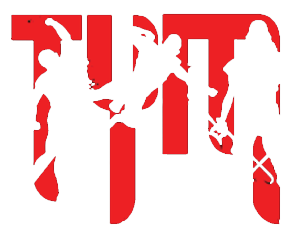archon
Noob
When inside sweep range, it can be difficult to know how to attack with Deathstroke. His ranged standing attacks (3,23,b1) are all advantaged or safe on block but start slowly. His basic pressure from 12~Low guns versus 123 is a valuable Low/Overhead mixup but is unsafe on block. Aside from connecting with d1 then attempting to throw, his offense needs an option from point blank range. This comes in the form of f23.
At face value, f2 seems inferior to standing 1. Despite hitting Mid, f2 has shorter range. Its saving grace is the fact that f2 starts one frame faster. Now Deathstroke has something to compete with other characters' standing punches, challenge fast lows (Batman's b11) and will at least trade with a d1. Now that we have an attack to challenge overly aggressive players, what makes f2 so evil? F23 is +9 on block.
Being put into 9 frames of blockstun is very uncomfortable. Deathstroke's kick animation is clearly recovering yet your opponent remains unable to move. They will wonder why their character has not lowered his or her hands. They will struggle to press an attack to no avail. What's more, f23 pushes the opponent away regardless of position; if the opponent is in the corner, Deathstroke will move away from them. If they did not know f23 forces 9 frames of blockstun, it is likely they are unaware f23 on block puts Deathstroke into the perfect range for b1. They probably didn't know b1 is a Low. They probably did not know b1 is Deathstroke's best whiff punisher, either. They probably did not know b1u2>f3>323>f23~Sword Flip deals 32% meterless from anywhere on the screen.
Perhaps now they will know to keep their attacks to themselves.
Addendum: I'm going to address what will occur should your opponent block b1 low or jump your b1.
Blocking b1 is not the end to Deathstroke's pressure. B1u2 is only -4 on block and cannot be interrupted. Your opponent has the opportunity to poke against you with their own d1 or choice string, but what then? They have now relinquished their advantage and the initiative returns to Deathstroke. The idea behind this frame trap is to keep them in place and keep them blocking. B1 punishes opponent's failing to block Low or trying to counter attack after f23. Additionally, Deathstroke has options against the opponent whether they remain grounded or attempt to jump b1 which I will explain below. Transitioning from these safe options to higher risk yet rewarding mixups is up to you; decide how you think you can open your opponent and convert into a combo. Dealt damage is what will scare them here. I prefer to ride this frame trap as far as it takes me.
The opponent jumping your b1 is your worst fear. b1u2 does not anti-air, and it's not possible to special-cancel whiffed b1. The first time I see the opponent block b1 after f23, I begin anticipating their jump. Deathstroke has two means of dealing with jumps, the first of which is neutral 23. 23 advances Deathstroke forward and will anti-air a jumping opponent regardless of direction. Anti-air 23 combos into Sword Spin and Sword Flip. Against the Training dummy Deathstroke, his j1 was not fast enough to even trade with anti-air 23. Since this string is -2 on block, the opponent will be hard pressed to capitalize with anything beyond a d1 or basic standing string. An opponent caught sleeping in this frame trap will be subject to Deathstroke's own d1 or another f23.
Deathstroke's second anti-air option happens to double as a wonderful Overhead - his b2. b2 becomes an incredible option because like b1 it is safe on block. If you are facing a player who defaults to blocking Low or are afraid your opponent will jump over b1, b2 counters both escapes simultaneously. b23 is Deathstroke's safest Overhead string, but b2(2)2 punishes jumps better as the third hit will catch the juggled opponent and cause a hard knockdown. Ideally, the Deathstroke player would perform a lone b2 against an opponent stand blocking, b23f2 on hit against a grounded opponent, and b2(2)2 against a jumping opponent. Proficiency at such hit-confirmation will come with practice.
Timing 23 and b2 as anti-airs is simple. After the opponent blocks f23, time your input to correspond with Deathstroke pulling his foot behind his knee after the kick. His stature looks identical to Sub-Zero's ice clone after 214.
Originally, I thought the safest anti-air option would be to neutral jump preemptively and react to their jump with j3. You could also wait for them to jump and react with neutral jump 1 or 2; both combo into 323> f23~Sword Spin. If you air-to-air them at an especially low height, j2 or j3 converts consistently into 23~sword Spin. The reason why you are comboing into Sword Spin is because this puts your opponent right back where you want them - point blank range, vulnerable to another f23 string. Delaying any pressure after f23 could psyche an opponent who has grown wise to b1 versus b2 and knows not to jump.
The practicality and progression of these options depends on your steadfast effort to keep Deathstroke safe while containing the opponent. Do not resort to guess work; if you ever worry, stay in place and react to your opponent. As long as f2 makes contact, 23 and b2 will always reach the opponent. The entire purpose of f23 is to punish a whiffed poke afterward with b1u2 or trick a cornered opponent to jump having panicked.
I speculated using instant jump 3 to catch crouching opponents, but j3 does not reach when performed at any rising height. Other maneuvers like using f3 to crush Low attacks are not worth the gamble in the corner since b2 and other strings start faster and anti-air. Convince the opponent to spend meter Clashing or Block Escaping from Deathstroke's safer options.
The final string worth mentioning is Deathstroke's 132. After blocked f23, Deathstroke is too far to connect with standing 1. However, he can continue into the complete string on whiff. Should Deathstroke have his Trait activated, following f23 with 132 can yield an unblockable combo. As Trait set-ups are constructed, this option will become more practical.
I believe this covers all universal options available to the opponent. From here, character-specific escapes can be discovered and countered. Lastly, do not underestimate poking with a simple d1 even if just to complicate the timing of this trap for your opponent. On hit, you get 6 frames advantage and are welcome to pressure with f23 once again. Checking opponents with d1 can lead to other things like Throw attempts. Throwing after frame advantage is useful against opponent's willing to Block Escape out of this frame trap.
This strategy was revised on April 22, 2013 for Injustice: GAU v1.01
All strategies were tested against a Deathstroke Training dummy set to Block Always, Jump
At face value, f2 seems inferior to standing 1. Despite hitting Mid, f2 has shorter range. Its saving grace is the fact that f2 starts one frame faster. Now Deathstroke has something to compete with other characters' standing punches, challenge fast lows (Batman's b11) and will at least trade with a d1. Now that we have an attack to challenge overly aggressive players, what makes f2 so evil? F23 is +9 on block.
Being put into 9 frames of blockstun is very uncomfortable. Deathstroke's kick animation is clearly recovering yet your opponent remains unable to move. They will wonder why their character has not lowered his or her hands. They will struggle to press an attack to no avail. What's more, f23 pushes the opponent away regardless of position; if the opponent is in the corner, Deathstroke will move away from them. If they did not know f23 forces 9 frames of blockstun, it is likely they are unaware f23 on block puts Deathstroke into the perfect range for b1. They probably didn't know b1 is a Low. They probably did not know b1 is Deathstroke's best whiff punisher, either. They probably did not know b1u2>f3>323>f23~Sword Flip deals 32% meterless from anywhere on the screen.
Perhaps now they will know to keep their attacks to themselves.
Addendum: I'm going to address what will occur should your opponent block b1 low or jump your b1.
Blocking b1 is not the end to Deathstroke's pressure. B1u2 is only -4 on block and cannot be interrupted. Your opponent has the opportunity to poke against you with their own d1 or choice string, but what then? They have now relinquished their advantage and the initiative returns to Deathstroke. The idea behind this frame trap is to keep them in place and keep them blocking. B1 punishes opponent's failing to block Low or trying to counter attack after f23. Additionally, Deathstroke has options against the opponent whether they remain grounded or attempt to jump b1 which I will explain below. Transitioning from these safe options to higher risk yet rewarding mixups is up to you; decide how you think you can open your opponent and convert into a combo. Dealt damage is what will scare them here. I prefer to ride this frame trap as far as it takes me.
The opponent jumping your b1 is your worst fear. b1u2 does not anti-air, and it's not possible to special-cancel whiffed b1. The first time I see the opponent block b1 after f23, I begin anticipating their jump. Deathstroke has two means of dealing with jumps, the first of which is neutral 23. 23 advances Deathstroke forward and will anti-air a jumping opponent regardless of direction. Anti-air 23 combos into Sword Spin and Sword Flip. Against the Training dummy Deathstroke, his j1 was not fast enough to even trade with anti-air 23. Since this string is -2 on block, the opponent will be hard pressed to capitalize with anything beyond a d1 or basic standing string. An opponent caught sleeping in this frame trap will be subject to Deathstroke's own d1 or another f23.
Deathstroke's second anti-air option happens to double as a wonderful Overhead - his b2. b2 becomes an incredible option because like b1 it is safe on block. If you are facing a player who defaults to blocking Low or are afraid your opponent will jump over b1, b2 counters both escapes simultaneously. b23 is Deathstroke's safest Overhead string, but b2(2)2 punishes jumps better as the third hit will catch the juggled opponent and cause a hard knockdown. Ideally, the Deathstroke player would perform a lone b2 against an opponent stand blocking, b23f2 on hit against a grounded opponent, and b2(2)2 against a jumping opponent. Proficiency at such hit-confirmation will come with practice.
Timing 23 and b2 as anti-airs is simple. After the opponent blocks f23, time your input to correspond with Deathstroke pulling his foot behind his knee after the kick. His stature looks identical to Sub-Zero's ice clone after 214.
Originally, I thought the safest anti-air option would be to neutral jump preemptively and react to their jump with j3. You could also wait for them to jump and react with neutral jump 1 or 2; both combo into 323> f23~Sword Spin. If you air-to-air them at an especially low height, j2 or j3 converts consistently into 23~sword Spin. The reason why you are comboing into Sword Spin is because this puts your opponent right back where you want them - point blank range, vulnerable to another f23 string. Delaying any pressure after f23 could psyche an opponent who has grown wise to b1 versus b2 and knows not to jump.
The practicality and progression of these options depends on your steadfast effort to keep Deathstroke safe while containing the opponent. Do not resort to guess work; if you ever worry, stay in place and react to your opponent. As long as f2 makes contact, 23 and b2 will always reach the opponent. The entire purpose of f23 is to punish a whiffed poke afterward with b1u2 or trick a cornered opponent to jump having panicked.
I speculated using instant jump 3 to catch crouching opponents, but j3 does not reach when performed at any rising height. Other maneuvers like using f3 to crush Low attacks are not worth the gamble in the corner since b2 and other strings start faster and anti-air. Convince the opponent to spend meter Clashing or Block Escaping from Deathstroke's safer options.
The final string worth mentioning is Deathstroke's 132. After blocked f23, Deathstroke is too far to connect with standing 1. However, he can continue into the complete string on whiff. Should Deathstroke have his Trait activated, following f23 with 132 can yield an unblockable combo. As Trait set-ups are constructed, this option will become more practical.
I believe this covers all universal options available to the opponent. From here, character-specific escapes can be discovered and countered. Lastly, do not underestimate poking with a simple d1 even if just to complicate the timing of this trap for your opponent. On hit, you get 6 frames advantage and are welcome to pressure with f23 once again. Checking opponents with d1 can lead to other things like Throw attempts. Throwing after frame advantage is useful against opponent's willing to Block Escape out of this frame trap.
This strategy was revised on April 22, 2013 for Injustice: GAU v1.01
All strategies were tested against a Deathstroke Training dummy set to Block Always, Jump








 If this is true, Deathstroke's close game is now perfect and involves no guess work; he just gets to do whatever he wants.
If this is true, Deathstroke's close game is now perfect and involves no guess work; he just gets to do whatever he wants.